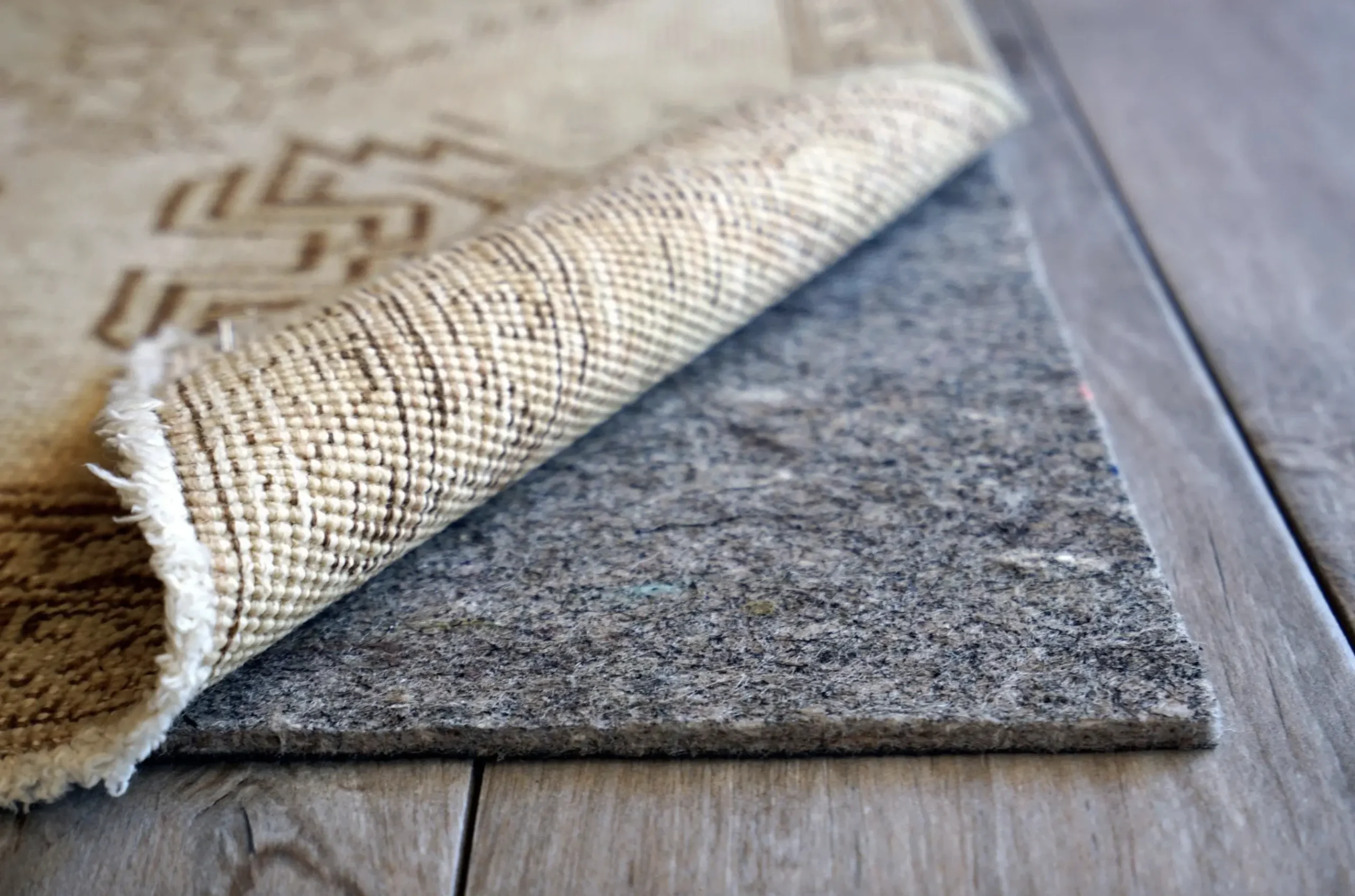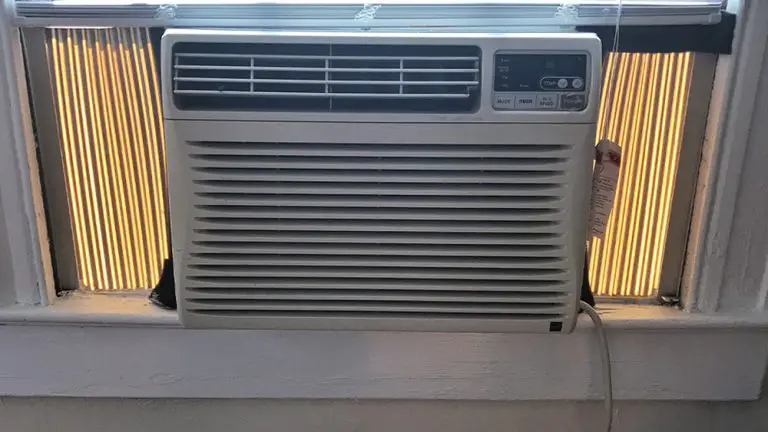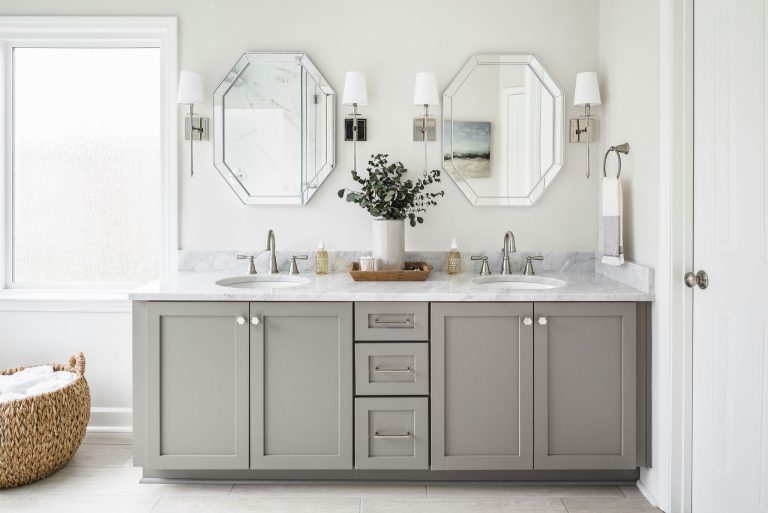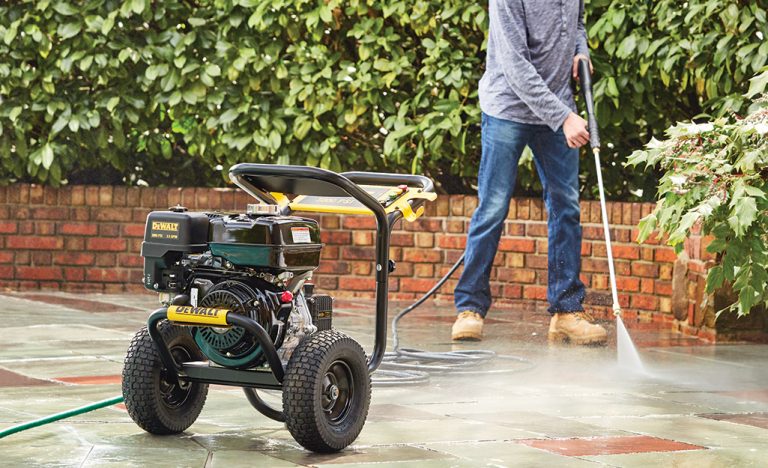What Size Rug Pad Should I Get
The size of the rug pad you should get will depend on the size of your rug and the amount of protection and cushioning you need. The rug pad should be slightly smaller than the rug for it to fit properly. Purchasing a rug pad that is too small can cause the rug to slip and slide, while a rug pad that is too large can cause the rug to bunch up. Choosing the right size rug pad is essential for not only protecting your rug but also ensuring it looks great and stays in place on your floor.
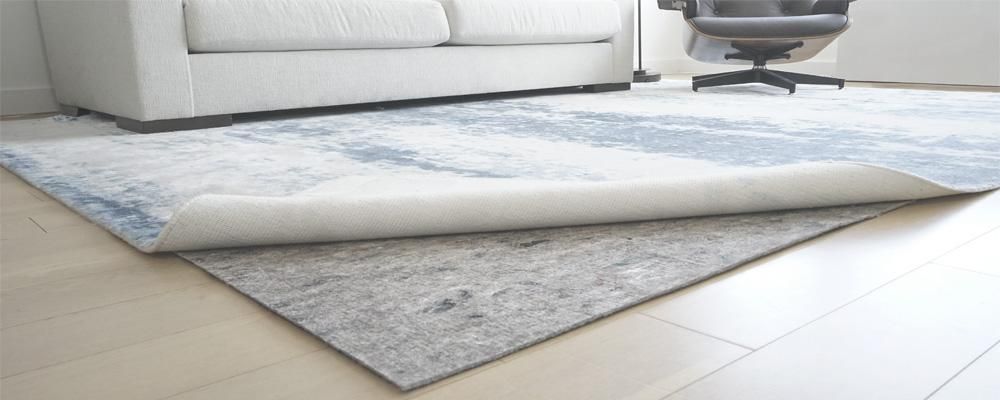
Types of Rug Pads
When it comes to keeping rugs in place, the right rug pad can make all the difference. Not only do rug pads provide cushioning and support underfoot, but they also help extend the life of your rug and reduce wear and tear. There are a variety of rug pad types available, each offering unique benefits and features.
Felt and rubber rug pads are the most commonly used type of rug pad. Felt rug pads are made of dense felt fibers that provide a thinner, more cushioned support for rugs. They excel at preventing slippage and are ideal for low-pile rugs and hard surfaces. Rubber rug pads are thicker and denser than felt rug pads, making them the ideal choice for high-traffic areas and thicker rugs. They provide excellent cushioning and support and are great for noise reduction.
Polyester rug pads are the most lightweight and economical option. They are made of a synthetic material that provides light cushioning and prevents slippage. Polyester rug pads are ideal for low-traffic areas and low-pile rugs.
Another option is a gel rug pad. Gel rug pads are made of a non-slip material that provides superior cushioning and stability. They are perfect for hardwood and laminate floors, and they are also great for preventing wear and tear on thicker rugs.
No matter which type of rug pad you choose, make sure you select one that is the correct size for your rug. The rug pad should be slightly smaller than the rug so that it does not show around the edges. This will help ensure the rug does not move or slip, and it will maintain the rug’s integrity.
Benefits of Using a Rug Pad
Using a rug pad is one of the most important and overlooked elements of keeping your rugs looking and feeling their best. Not only do rug pads help to keep your rugs in place, but they also provide several other benefits. By using a rug pad, you can extend the life of your rug and protect it from wear, tear, and dirt. Additionally, rug pads can add extra cushioning, comfort, and insulation to your space. They also help to absorb sound and reduce noise levels in your home. In addition to these practical benefits, choosing the right size rug pad is also important for creating an aesthetically pleasing look in your space. Choosing the right size rug pad can help to ensure that your rug properly fits in the room, without being too small or too big.
Ultimately, investing in the right size rug pad can help to protect your rug and extend its life. It can also help to create a comfortable and inviting atmosphere for your home. So when it comes to picking the right size rug pad for your space, make sure to consider the size and shape of your rug, as well as the area you will be placing it. That way, you can make sure that your rug pad perfectly fits the size and shape of your rug, and provides the optimal amount of cushioning, comfort, and protection.
Factors to Consider When Choosing a Rug Pad
When selecting a rug pad, there are several factors to consider. First and foremost, the size of the rug pad should be proportional to the size of the rug. It is important to make sure that the rug pad is large enough to cover the entire surface of the rug, as an undersized rug pad can lead to damage or deterioration of the rug. Additionally, the rug pad should be thick enough to provide sufficient cushioning and protect the rug from wear and tear. The material of the rug pad is also important. As rugs come in a variety of materials, it is essential to choose a rug pad that is compatible with the material of the rug. For example, rubber rug pads are best for rugs made of wool, while felt rug pads are best for rugs made of synthetic materials. Finally, if the rug is to be placed on a hardwood floor, then it is important to choose a rug pad with a non-slip backing to ensure that the rug stays in place. By taking the time to consider the factors mentioned above, it is possible to choose the right rug pad for any rug.
How to Measure for a Rug Pad
A rug pad is an essential part of any home décor, providing extra cushioning and support to your rug. But with so many sizes and types of rug pads available, how do you know what size rug pad to get? The most important factor in determining the size of rug pad you need is the size of your rug. Measuring for a rug pad is easy, but there are a few tricks to help you get the perfect fit.
The first step in measuring for a rug pad is to determine the size of your rug. Measure the length and width of the rug, making sure you get an exact measurement. Once you have the measurements, add a few inches to each side to determine the size of the rug pad you need. This makes sure that your rug pad will be big enough to cover the entire rug, with a few extra inches for padding and protection.
When shopping for a rug pad, it’s important to check the product specifications. Some rug pads are designed to fit a specific size rug, while others can be trimmed to fit your rug. It’s also important to consider the thickness of the rug pad; thicker pads offer more cushioning and protection, while thinner pads are better for smaller rugs.
Choosing the right size rug pad is an important part of making sure your rug looks great and stays in place. With a few simple measurements and some research, you can find the perfect rug pad for your home.
Different Sizes of Rug Pads
When selecting the right rug pad for your space, size matters. Different rug sizes require different rug pads, and selecting the correct size is essential for ensuring that your rug has the most effective support and cushioning. Not all sizes of rug pads are created equal, and therefore it is important to consider the size of the rug before deciding on a pad.
For small-area rugs, the best rug pads are those that are at least one inch smaller than the rug. These rug pads provide the necessary support without taking up too much space. For larger area rugs, rug pads that are one to two inches smaller than the rug are recommended. This type of rug pad will provide extra cushioning while still allowing the rug to fit comfortably in the room.
When selecting a rug pad, it is also important to consider the weight of the rug. Heavier rugs require thicker rug pads, while lighter rugs can use thinner rug pads. The weight of the rug pad should also be taken into account, as heavier rug pads can be more difficult to install and move.
Above all, it is important to select the right size of rug pad for your space. The size of the pad should be proportional to the size of the rug, and the weight of the rug should be taken into account when selecting the type of pad. With the right size rug pad, your rug will have the cushioning and support it needs, and you can rest easy knowing that your rug is properly protected.
Tips for Choosing the Right Rug Pad
Choosing the right rug pad for your space is essential to protecting your floors and extending the life of your rug. The size and type of rug pad you choose will depend on the size of your rug, the type of floor you have, and the amount of traffic the floor receives. Here are a few tips to help you choose the best rug pad for your space:
- Measure Twice: Before purchasing a rug pad, make sure to double-check the measurements of your rug to ensure you choose the right size.
- Choose the Right Type: Not all rug pads are the same. Consider the type of flooring you have and the type of rug you are purchasing. Pads are available in a variety of materials, from felt and rubber to cushioning.
- Consider Thickness: A thicker rug pad will provide more cushioning and support for your rug. Choose a thicker pad for rugs under high-traffic areas, such as living rooms or hallways.
- Think About Durability: High-quality rug pads are designed to last, so choose one that is designed to withstand wear and tear.
By following these tips, you can choose the right rug pad for your space and make sure it lasts for years to come.
Care and Maintenance of Rug Pads
Rug pads are an essential part of any home décor, providing cushioning and grip to prevent slips and falls. But, like any other item in your home, rug pads require regular care and maintenance to keep them looking and performing their best. To keep your rug pad in tip-top shape, you should vacuum it regularly, spot clean spills as soon as possible, and use the right rug pad for the job. Understanding the type and size of rug pad you need is the first step in proper rug pad care.
When it comes to selecting the right rug pad, it’s important to consider the size of both the rug and the pad. The rug pad should always be slightly smaller than the rug, allowing for a few inches of space between the rug and the edge of the pad. The size of the rug pad should also take into account the size of the area where the rug will be placed, as well as the amount of foot traffic it will receive.
Choosing the right rug pad size can be tricky, but it’s essential for maintaining your rug’s longevity. To ensure you get the best fit, it’s always a good idea to measure your rug before selecting a pad. That way, you’ll be sure to get the correct size and achieve the best results when it comes to protecting your rug.
Pros and Cons of Different Rug Pad Materials
Rug pads are the unsung heroes of floor care, acting as a cushion between your rug and the floor while providing a non-slip surface. Selecting the right rug pad material can make all the difference in how your floor looks and feels. Different materials offer different benefits, and understanding the pros and cons of each will help you make the right choice for your home.
Natural rubber is a popular choice due to its durability and resistance to slips and falls. It adheres easily to floors and is safe for all types of flooring, including hardwood, laminate, and tile. Natural rubber also provides excellent cushioning and can help extend the life of your rug. The downside is that it can be expensive and may not be as aesthetically pleasing as other materials.
Polyurethane is another popular choice because it’s less expensive, lightweight, and easy to install. It also offers excellent cushioning and provides protection against stains and wear and tear. However, it can be prone to slipping and may not be suitable for certain types of flooring.
Polypropylene is a great option for those looking for a low-cost, low-maintenance option. It’s easy to install, lightweight, and resistant to water and slips. The downside is that it doesn’t provide the same level of cushioning as other materials and may not be suitable for certain types of flooring.
No matter which material you choose, be sure to measure the area you intend to cover and check for compatibility with your flooring before purchasing a rug pad. Doing so will help ensure you get the best fit and most effective protection for your rug.
How to Install a Rug Pad
Installing a rug pad is a great way to protect both your rug and your floor from wear and tear. Not only does it prevent the rug from slipping, but it also helps to maintain its shape and texture. To ensure that your rug pad is properly installed, it is important to choose one that is the correct size for your rug. But how do you determine what size rug pad you need?
The first step is to measure the length and width of your rug. Once you have these measurements, you can calculate the area of the rugby by multiplying the length by the width. This will give you the approximate square footage of the rug.
Next, take a look at the rug pad you are considering. Most rug pads come in standard sizes, such as 2×3, 4×6, and 6×9. The size of the rug pad you need should be slightly larger than the area of your rug. This will allow the pad to fit snugly beneath your rug without any unsightly overhang.
Finally, make sure to purchase a rug pad with the right thickness for your floor. For example, if you have hardwood floors, choose a thinner pad to prevent the rug from buckling. If you have carpet, choose a thicker pad to prevent it from sliding around.
Installing a rug pad is an easy way to keep your rug looking great for years to come. By making sure to select the correct size and thickness, you can ensure that your rug and your floor are both protected.
Common Mistakes to Avoid When Shopping for Rug Pads
When shopping for a rug pad, many people make mistakes that can lead to an unsatisfactory purchase. To ensure that you select the best rug pad for your needs, it’s important to avoid these common pitfalls.
First, measure your rug accurately and select the appropriate size rug pad. Rug pads come in various sizes, so you want to make sure that you select one that will fit the exact dimensions of your rug. If the rug pad is too small, you won’t get the full benefit of the extra cushioning and protection it provides.
Second, avoid buying cheap rug pads. While it may be tempting to go for the cheaper option, these rug pads often lack the necessary cushioning and durability that a good quality rug pad will provide. Investing in a more expensive rug pad will ensure that it will last longer and protect your rug better.
Third, consider the material of the rug pad. Some rug pads are made from synthetic materials that can cause discoloration and damage to your rug. Natural materials, like felt and rubber, are usually a better choice as they won’t damage your rug over time.
Finally, ensure that the rug pad is non-slip. Many rug pads claim to be anti-slip, but if they don’t have a textured or adhesive backing, they won’t stay in place and your rug can slip and slide around.
By taking the time to consider these factors when shopping for a rug pad, you can make sure that you select the perfect one for your needs.
FAQs About the What Size Rug Pad Should I Get
1. What is the purpose of a rug pad?
A rug pad is a thin protective layer placed between the rug and the floor. It helps to prevent slipping, protect the rug from wear and tear, and extend the life of the rug.
2. What size rug pad should I use?
The size of the rug pad should be slightly smaller than the rug itself in order to ensure that it does not show through the edges.
3. How do I know what type of rug pad is best for my rug?
The type of rug pad you choose should depend on the type of rug you have. For example, a rubber rug pad is suitable for rugs with a rubber backing, while felt or foam rug pads are suitable for rugs with a softer backing.
4. Are there any safety considerations when choosing a rug pad?
Yes, it is important to make sure that the rug pad you choose is slip-resistant and fire-resistant, as these qualities are essential for providing safety in your home.
5. How often should I replace my rug pad?
Rug pads should be replaced every 3-5 years, or when they start to wear out. If you notice that your rug pad is slipping or becoming hard and brittle, it is time to replace it.
Conclusion
The size of the rug pad that you choose to purchase should be determined by the size of your rug. You should also consider the type of floor you have, as some pads work better on hardwood floors and others on carpets. Finally, you should consider the type of pad that best fits your needs, such as a cushioning pad for extra comfort or a non-slip pad for added safety. With the right size rug pad, you can ensure that your rug stays in place and looks great for years to come.
